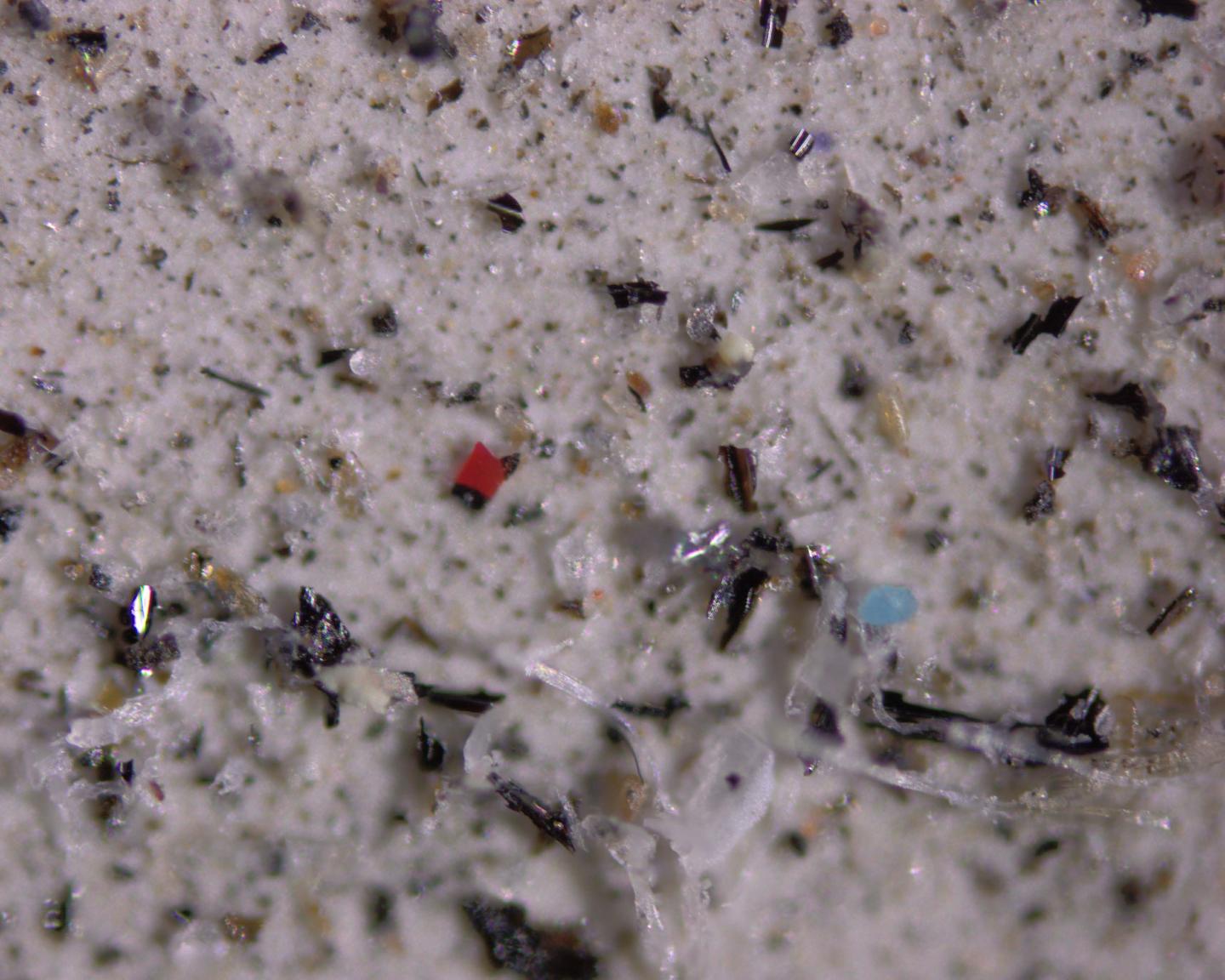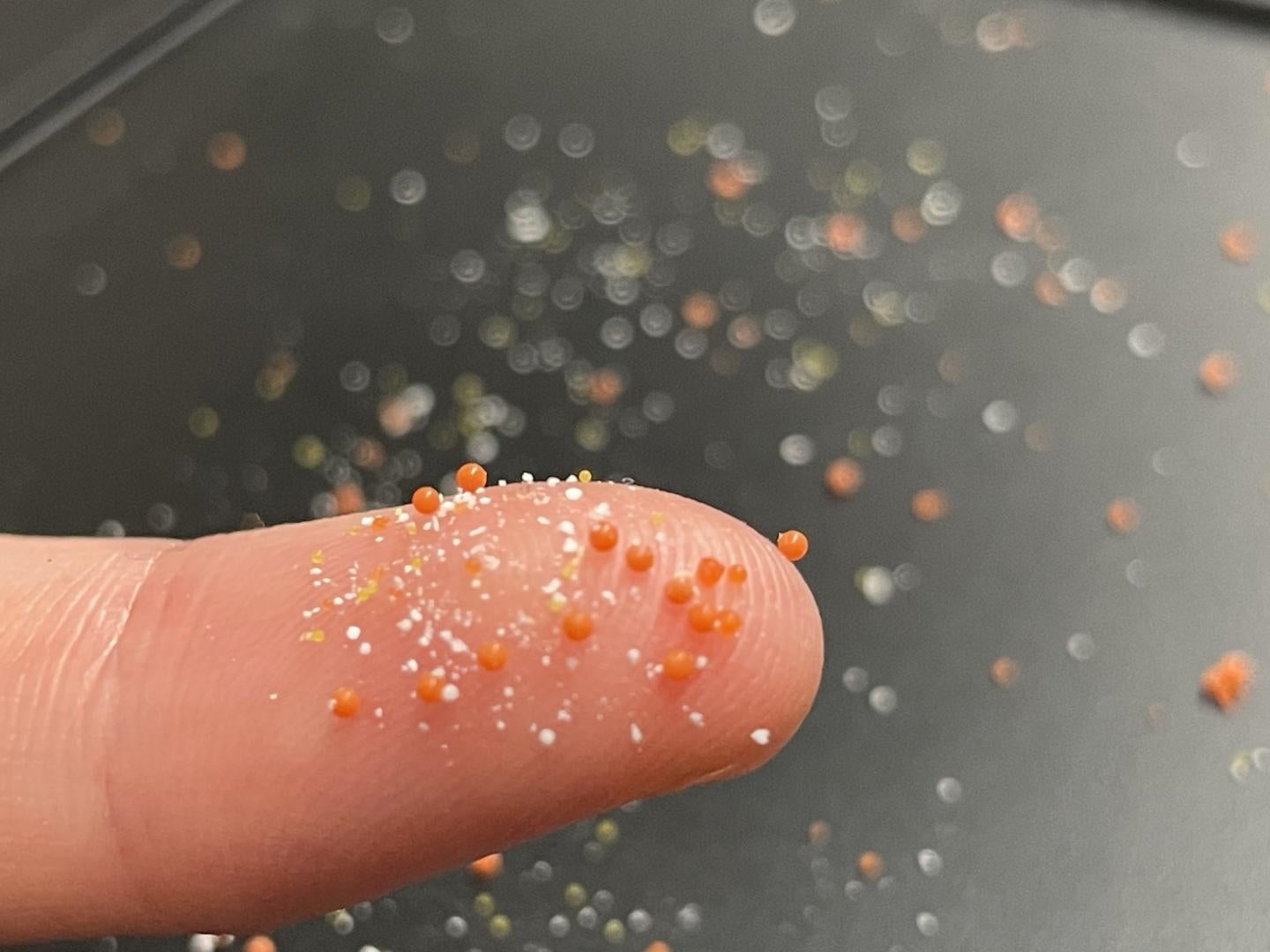Microplastics have been detected in the olfactory centre of the human brain for the first time, suggesting that the actual amount of these tiny particles accumulating in the body may be much higher than previously thought.
The study was published Monday in the journal JAMA Network Open A study published in the journal Nature found that microplastics were found in the olfactory bulbs of the brains of eight out of 15 adults autopsied in Germany and Brazil.
Researchers from the University of Sao Paulo in Brazil said the microscopic plastic particles now ubiquitous in the air were likely inhaled by the dead over their lifetimes.
Previous studies have found microplastics in human lungs, intestines, liver, blood, testicles and even semen, but it was thought that the protective blood-brain barrier keeps potentially toxic particles away from the brain.
Years of research have revealed the detrimental effects of these toxic particles on the immune system and have linked them to several types of cancer, especially in young people.
A new study has revealed a “potential pathway for microplastics to travel to the brain” via the olfactory bulb, raising concerns about the potential role of microplastics in neurological diseases such as dementia.
The scientists examined the brains of 15 deceased people (12 men and three women) who had lived in São Paulo for more than five years, and found 16 synthetic polymer particles and fibers in the olfactory bulbs of eight of them.
Particle sizes ranged from 5.5 microns to 26.4 microns.

Scientists say tiny holes in a bone at the base of the skull, called the ethmoid plate, likely served as a portal for plastic particles in the nasal cavity to enter the brain.
The olfactory bulb is located directly above this plate.
“Given the widespread presence of microplastics in the air, the identification of microplastics in the nose and now the olfactory bulb, as well as the identification of a vulnerable anatomical pathway, supports the notion that the olfactory pathway is a key site for the entry of exogenous particles into the brain,” the study noted.

The researchers said smaller plastic particles can enter the body more easily than previously thought and may be linked to neurological and psychiatric disorders such as dementia.
“Given the potential neurotoxic effects of microplastics on the brain and the widespread presence of plastic pollution in the environment, our findings should raise concern in the context of the increasing prevalence of neurodegenerative diseases,” the researchers said.
But it’s still unclear how these particles affect brain health.
Scientists said further studies using MRI brain scans were needed to better understand the impact of microplastics on brain health.
The Independent newspaper Climate 100 List We will be holding an online event in New York in September.







